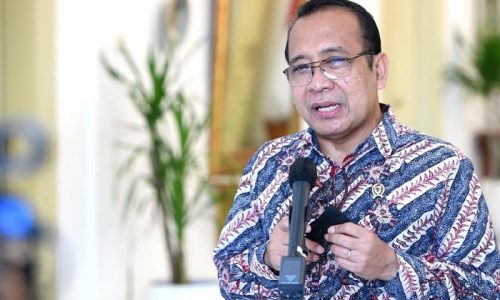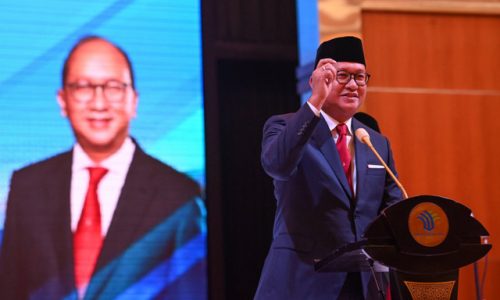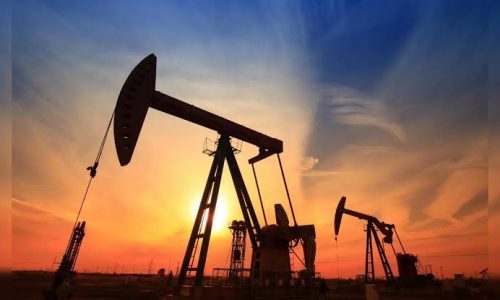The Ministry of Energy and Mineral Resources (ESDM) ensures that Indonesia does not import oil and gas from Iran in the wake of the Iran-Israel conflict.
Director General of Oil and Gas at the ESDM Ministry, Tutuka Ariadji, said that Indonesia does not import oil and gas from Iran despite cooperation between the two countries.
“There is no (import from Iran), even though we have cooperation with Iran, but it is not easy to implement. So, until now, we have none,” Tutuka said during an Eisenhower Fellowships Indonesia-IDN Times webinar on Monday, April 15, 2024.
Tutuka said that Pertamina imports more petroleum products than crude oil. He cited that the largest imports of petroleum products are from Singapore at 56.58 percent and Malaysia at 26.75 percent. As for LPG, he said, the largest imports come from the United States, followed by the United Arab Emirates and Qatar.
“So, if it’s from Saudi Arabia, it would certainly have an impact. Now, Pertamina is simulating various ways to anticipate the situation if the conflict escalates,” he said.
Iran launched an attack on Israel, labeling it a ‘self-defense’ action in response to Israel’s attack on its embassy complex in Syria on April 1, 2024, which killed among other a senior Revolutionary Guard commander.
The hot tension between the two countries follows months of clashes between Israel and Iran’s regional allies, triggered by the war in Gaza. However, Iran’s attack on Israel, sending over 300 missiles and drones, reportedly only caused minor damages in Israel. Most of the missiles were intercepted by Israel’s Iron Dome defense system, with assistance from the United States, Britain, France, and Jordan.









